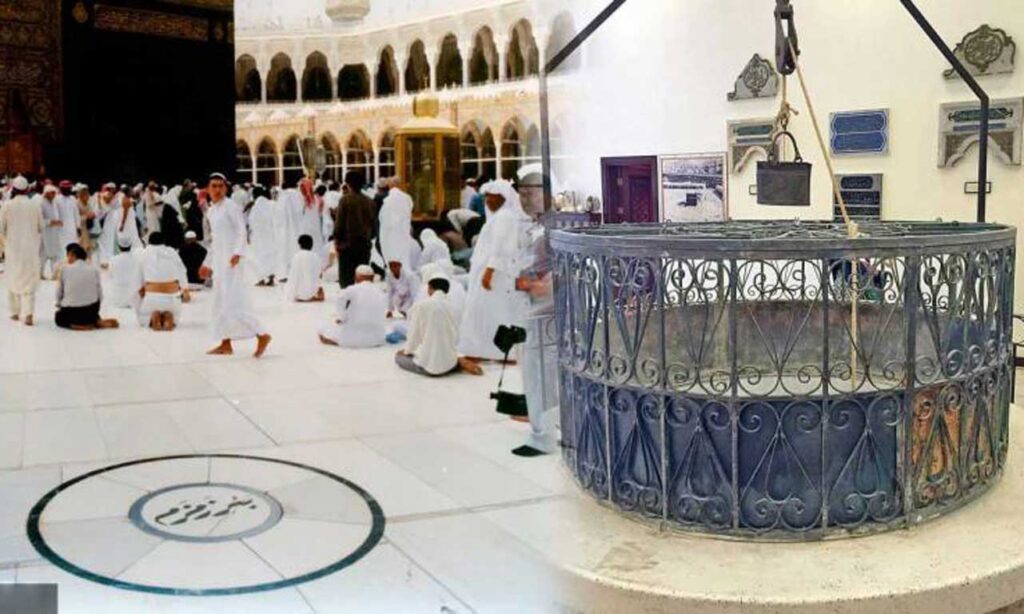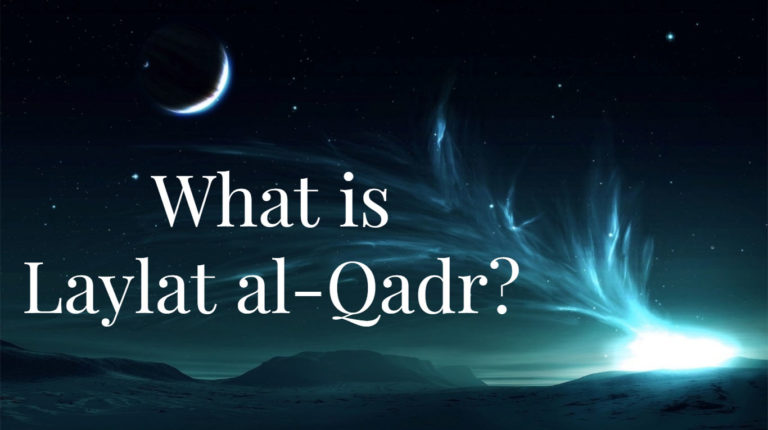Located 21 meters from the Kaaba, Zamzam Well has provided some 5000 years of almost continuous Zamam water supply to be one of the most lasting miracles of Islam.
The well’s clean water has no insects, fungi, or any other impurities. It contains a higher level of natural minerals than normal desalinated water. For this reason, it has a distinct, heavy taste.
The development and maintenance of the Well of Zamzam have been of major importance, with the water source protected for centuries in many ways.
Table of Contents
Zamzam Well specifications

It is located 21 meters from the Kabah, towards the side of the Maqame Ebrahim.
Its depth has approximately 31 meters. and diameter ranges from 1.08 to 2.66 m
The water comes from two springs, one from the Kaaba direction, and the other from Mount Abu Qubais.
Zamzam Well Begining
Origin
Following the commands of Allah, the Prophet left his wife and son with some dates and water and returned home. After spending some time on this barren land, the dates and water ran out. Hagar started looking for water.
When Hajar (as) had run between the mountains seven times, she heard a voice and she said, ‘O, (whoever you may be)! You have made me hear your voice; have you got something to help me?’.
After calling out, she saw an angel Gabriel stroke (dug) the earth (at the place of Zamzam with his heel or his wing), till water flowed from that place.
She started making something like a basin around it, using her hand this way and filling her water-skin with water. Then she drank (water) and suckled her child.”
Beginning of Macca
Hajar (as) lived there until some people from the tribe of Jurhum from Yemen passed by her and her child and asked her: “Do you allow us to stay with you?” She replied: ‘Yes, but you will have no right to possess the water.”
They agreed to that. Hajar was a smart merchant as she granted visiting caravans some water in exchange for some goods that the caravan brought.
Years later, Ibrahim came to visit his son Ismail. While Ibrahim was there, Allah instructed him to build a worship building for him. Then, Both Ibrahim and Ismail built a building that is now called Kaaba.
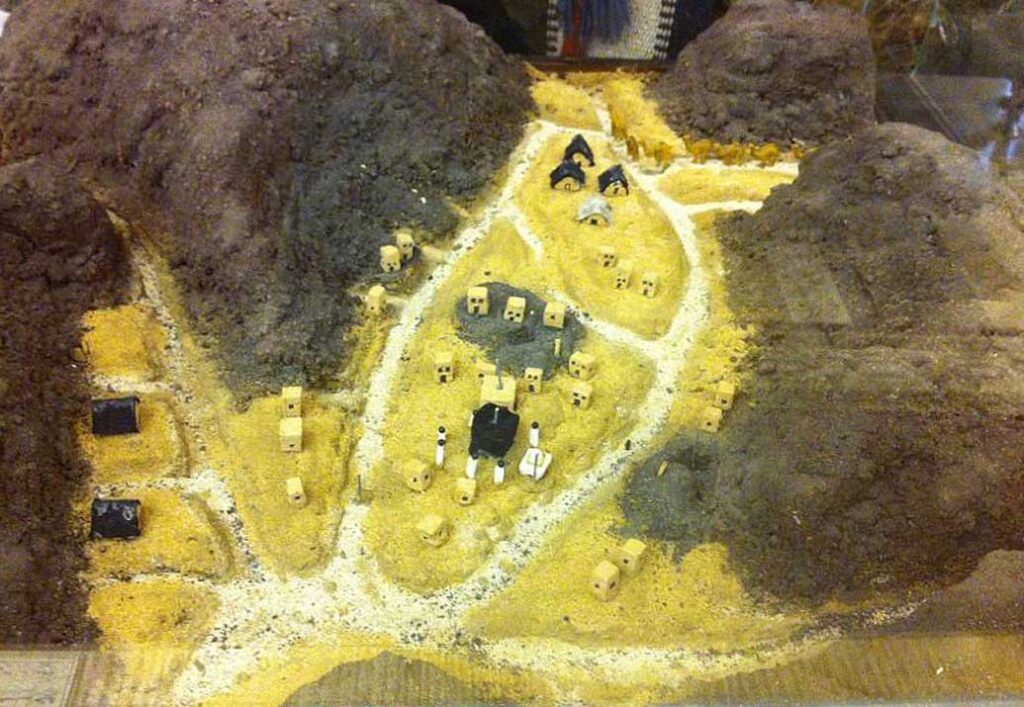
Every day, Ibrahim and Ismail worshipped Allah towards Kaaba and preach their faith In Allah to the visiting caravans.
Some people converted and they stayed there so they could worship towards Kaaba. The population of the settlement grew as more people came and stayed.
Later Ismail (As) married one of the Jurhum tribe and the children of Ismail. (as) who had the honor of looking after the Kaaba and the Zamzam Well. After them the Jurhum tribe assumed responsibility.
Forgotten Zamzam well
The inhabitants of Makka area started to deviate from the pious way of life and the Jurhum tribe was driven away from Makkah.
As time went on there was a major civil war between the tribes of the area to gain control over Makkah. The people of one tribe, who were in control of Zamzam, buried their weapons (made of gold and silver) and valuables in the Well of Zamzam.
They then covered it and buried the well so that it was not discoverable. As the decades and centuries went by, people forgot about the existence of Zamzam well.
Rediscovery of Zamzam Well
Abdul Muttalib, who would become the grandfather of the Prophet (ﷺ) had a dream for three successive days in which he was told to dig up something. However, what he had to dig wasn’t made clear.
On the fourth night, he was told to go and dig up Zamzam. When he inquired what Zamzam was he was told it was something that will never expire and its water is always abundant. He was further told to look for ant hills where there will be crows pecking into the ground.
Abu Muttalib took his son Al-Hadith and found ant hills and the place where crows are pecking, so they started digging. As they were digging, they began to unearth the gold and silver weapons that had been buried there. As they kept digging, they further unearthed bricks of gold and silver coins and eventually came across the top of the well.
Then People gathered around and realized that after centuries the well of their forefather Ismail had been found. Abdul Muttalib was granted Guardianship of the well and its water.
Guardianship of the Well
After Abdul Muttalib passed away, the responsibilities were passed on to his son, Abu Talib. Some of the responsibilities of Zamzam were to serve water to the Hujjaj, set up tents for them, allocate containers for the water, hire workers, and make arrangements to serve the water. This required a huge financial investment which bankrupted Abu Talib.
Abu Talib took a loan of 10,000 dirhams from his brother Abbas twice. This money too was spent on the Hujjaj so he borrowed money again from his brother. Again, this money was spent on the Hujjaj so he approached his brother again.
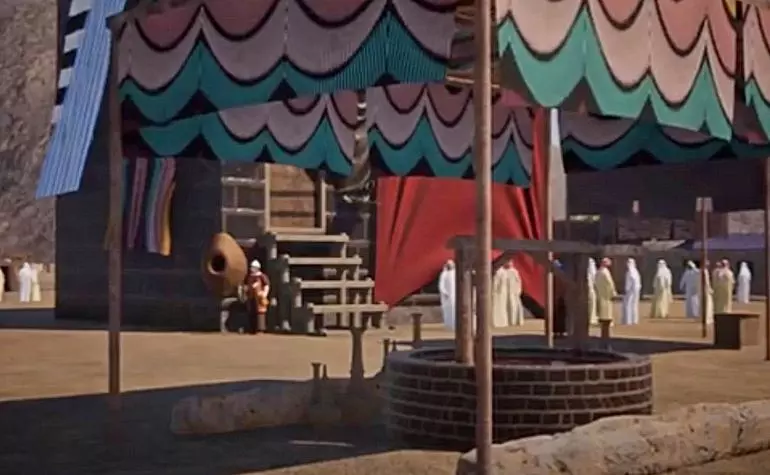
When Abu Talib asked for the 3rd time Abbas told him that as he was unable to repay back the loans to hand over the custodianship of the Zamzam Well to absolve himself.
Abu Talib agreed and Abbas became the custodian. The supervision of the well was subsequently passed onto his son Abdullah, then to his son Ali, then his son Dawud, then his son Sulaiman, then his son Isa.
After that, the Zamzam Well was inherited by Isa’s brother Al Mansoor who was a king. then it was passed on to the Umayyad dynasty.
Zamzam well Through the Islamic Era
1st they were Two basins created around the Kaaba. The one closest to the Kaaba was used for drinking, the other was used for washing.
The dome of Zamzam received several repairs and restorations through time. The most important of these repairs are the following:
The Sacred Mosque was restored in the Mamluk era during the reign of Sultan An-Nassir Faraj Ibn Barquq after a fire erupted in the Sacred Mosque on the night of 28 Shawwal, 802 AH (June 30, 1400 AD.)
The dome of Zamzam was also restored in the year 815 AH (1413 AD)at the hands of the Judge of Makkah Jamal Ad-Din Muhammad Ibn Abu Dhahirah.
In the era of Sultan Sultan Al-Ashraf Sayf ad-Din Qa’it Bay, the Well of Zamzam was restored and its marble was replaced in 884 AH (1479 AD).
In the Ottoman era, the Sacred Mosque received great interest and several repairs were made to the building of Zamzam, especially during the reign of Sultan Salim II, 973-981 AH (1566-1574 AD).
The dome of Zamzam was also restored in the era of Sultan Ahmad IV, 1083 AH (1600 AD). Then, the building of Zamzam was restored in the era of Sultan `Abd Al-Hamid I, 1187 AH, and once again in 1203 AH (1773 -1877 AD).

Then, during the era of Sultan `Abd Al-Hamid the Second 1300 AH (1882 AD). These works were made by the engineer As-Said Muhammad Sadiq.
Modern Zamzam Well
Since Ottoman times the Zamzam Well was housed within a building on the Mataf.
But in 1960, the building of Zamzam was reconstructed but away from its original location since the old building that was located near the Kaaba used to hinder Tawaf in the modern age because of the large number of pilgrims.
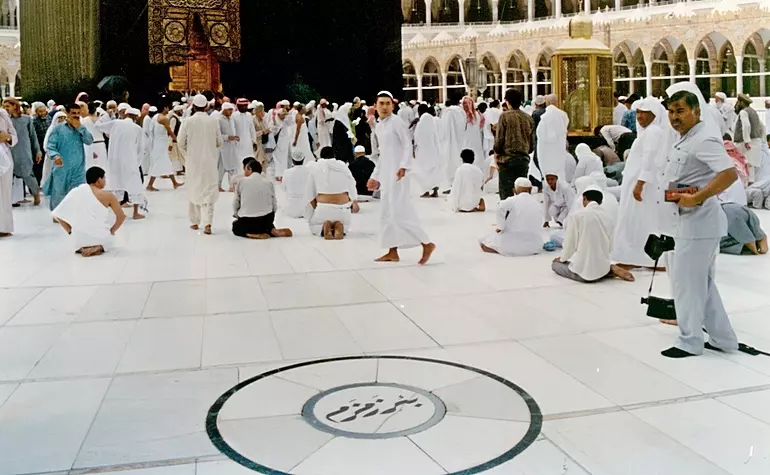
The water of Zamzam was conducted to its new location in the eastern part of the Sanctuary by way of engines for lifting water and pipes. There became an assigned place for men and another for women.
After water used to be drawn manually by bucket, two electric pumps now work alternatively to extract the water.
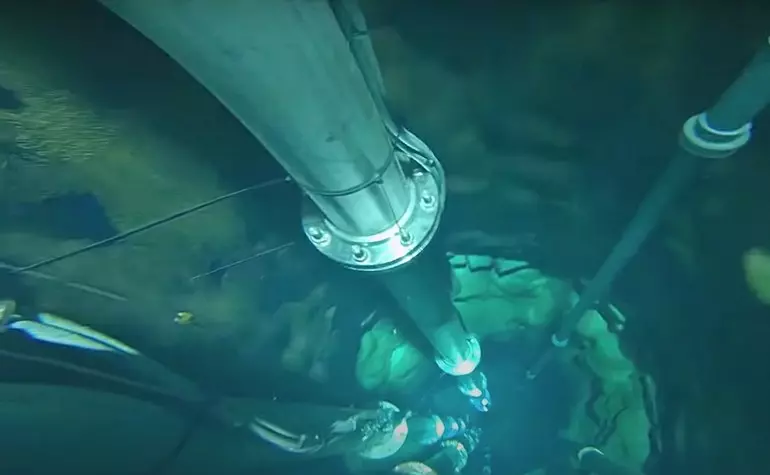
At a minimum, they pump 11 liters per second. At the maximum level, they can pump 18.5 liters per second.
They usually pump 150,000 liters per day. In busy periods, such as Ramadhan and Hajj, 400,000 liters are extracted.
Water is transmitted to the King Abdullah bin Abdul Aziz plant in the Kuday through special pipelines to be processed and bottled


